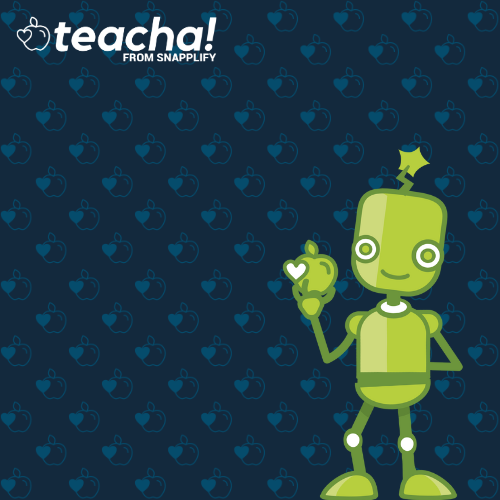How do our brains extract information from faces?
FREE
Resource Description
Suitable for 14 to 19-year-olds (secondary and high schools, and college), this article and accompanying activity sheet can be used in the classroom or shared with students online.
This resource links to KS4/grades 9 & 10 and KS5/grades 11 & 12 Psychology and Biology.
It can also be used as a careers resource and links to Gatsby Benchmarks (UK):
Gatsby Benchmark 2: Learning from career and labour market information
Gatsby Benchmark 4: Linking curriculum learning to careers
• This teaching resource explains the work of cognitive and social neuroscientist Dr Roxane Itier, at the University of Waterloo in Canada, who is using eye trackers and brain imaging techniques to study how we extract information from faces, and how different contexts and personality traits might affect our ability to do this.
• This resource also contains an interview with Roxane, providing an insight into careers in cognitive and social neuroscience.
• The activity sheet provides ‘talking points’ (based on Bloom’s Taxonomy) to prompt students to reflect on Roxane’s research, and tasks them to conduct a facial expression experiment.
*
This resource was first published on Futurum Careers, a free online resource and magazine aimed at encouraging 14-19-year-olds worldwide to pursue careers in science, tech, engineering, maths, medicine (STEM) and social sciences, humanities and the arts for people and the economy (SHAPE).
If you like these free resources – or have suggestions for improvements –, please let us know and leave us some feedback. Thank you!



 KES(KSh)
KES(KSh) USD($)
USD($) GBP(£)
GBP(£) GHS(₵)
GHS(₵) NGN(₦)
NGN(₦) MUR(₨)
MUR(₨) BWP(P)
BWP(P) AUD($)
AUD($) TZS(Sh)
TZS(Sh) INR(₹)
INR(₹) PHP(₱)
PHP(₱) AED(د.إ)
AED(د.إ)










